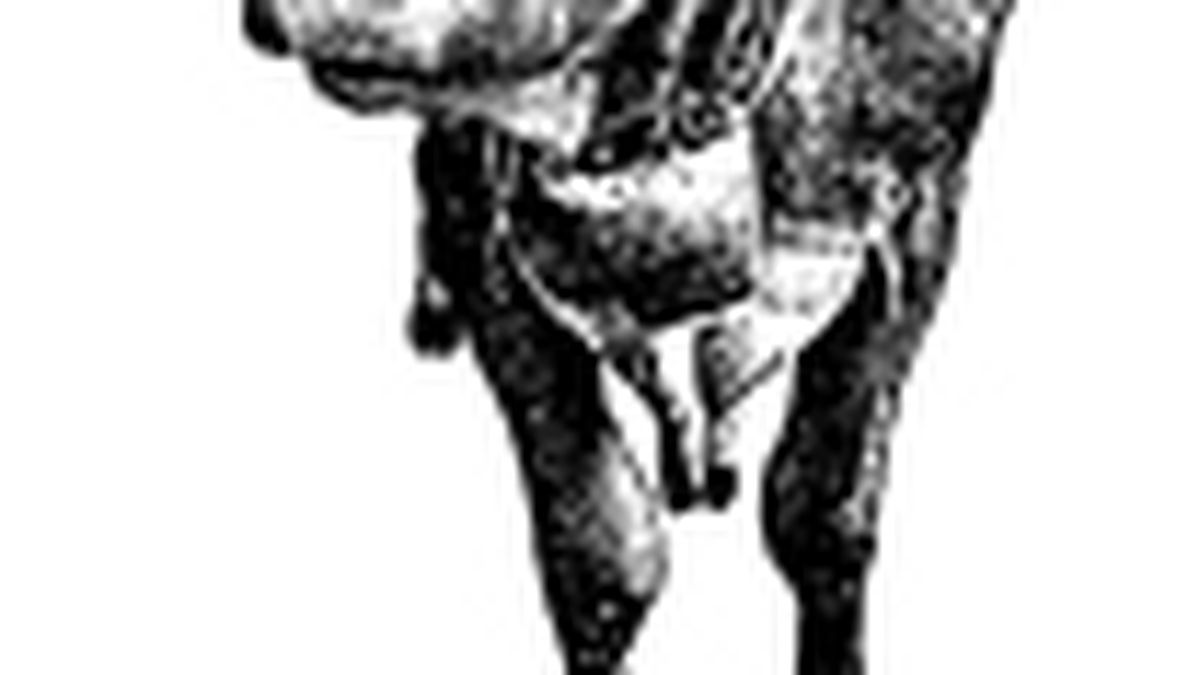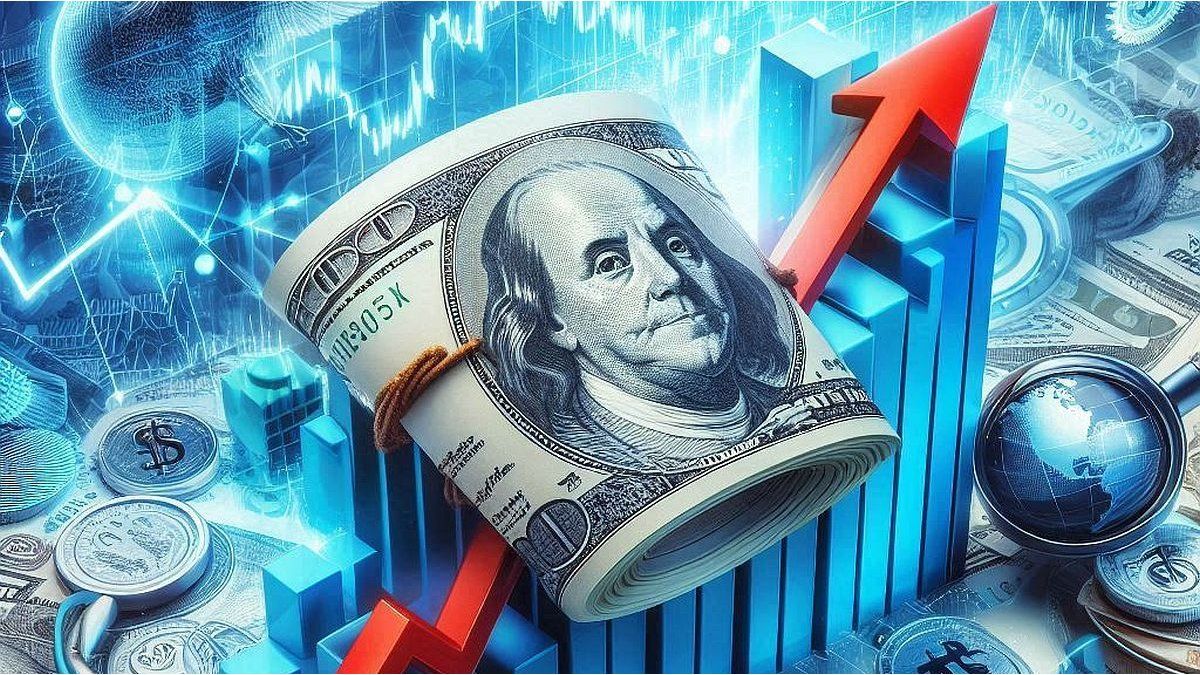Inflation in August closed above double digits, according to estimates by various private consultants. The strong acceleration in the rise in retail prices was the product of various factors: on the one hand, due to the impact of the devaluation of the official dollar; and on the other, based on the marked increase in meat and its preponderance in the food basket.
In fact, it is estimated that the food item also rose above 10% in August and that meat would have contributed more than 3 points to general inflation for the month. It is that, it is estimated, the average of different cuts registered an increase of more than 50% in recent weeks. An increase that caused consumption to retract considerably and that the sector anticipates a “downward” correction in the coming days.
In this regard, a report from the IERAL of the Mediterranean Foundation highlighted that for the third week of August (averaging the value of 18 cuts) there had been a variation of between 55% and 60% in meat since the beginning of the month. “Due to the substitution effect, it is to be expected that other meats and animal proteins have also had significant increases…”, highlighted the study.
“Regarding its impact on the family budget, average spending on animal protein is around 8% of total spending (on average, including the three meats, sausages, eggs, processed hamburgers, etc.). Taking this last percentage as a reference, and working with an increase in consumer prices for this group of products of between 40% and 50%, the contribution to inflation in August could be in a range between 3.2 and 4.0 percentage points”, they detailed. “Although the last week of the month remains (which will define whether or not the price jump is maintained), it is very likely that in August 2023 the largest price jump (in real terms) of bovine meat of at least last 18 years (2005-2023) and therefore the greatest contribution to inflation of this product in the measurement of official organizations”, they stressed from IERAL.
Consumption and projections
This strong increase in prices has a direct impact on the consumption of beef. That is why a decrease in sales is registered and a downward correction in prices is forecast.
“The increases of almost 70% in the farm made it move to the butcher shops. Something that is going back now, because the butcher has no sale, the sale in butcher shops is really paralyzed,” Miguel Schiariti, president of the Chamber of Meat Industry and Commerce (CICCRA), told Ámbito, who remarked: ” Undoubtedly, consumption is going to be rolled back, something that has already been observed in a very marked way. Consumption will surely fall from 52 kilos per inhabitant per year, as it was until last month, and will return to 47 kilos last year.” “With which, between last week and this week, the price of live animals dropped by more than $100, costing $950 and today we are between $800 and $850, depending on the category. And on the other hand, the price in the butcher shop will drop: what was paid on average $3,500, will be paid $3,100 or $3,200,” added Schiariti.
When reviewing the factors that influenced the rise in farm prices in recent weeks, from the IERAL they remarked: “Among the hypotheses are a possible imbalance due to seasonal reasons between the supply and demand of animals for export, the need to rebuild feedlot margins (affected by the corn dollar and other factors), and a very complete and rapid past through of the post-PASO devaluation to farm prices due to retraction and/or less availability of animals, among others”. Another factor that can “cooperate” for prices to contract in gondola is that “the prices in dollars of the local farm have been well above the values of the region.”
Source: Ambito




